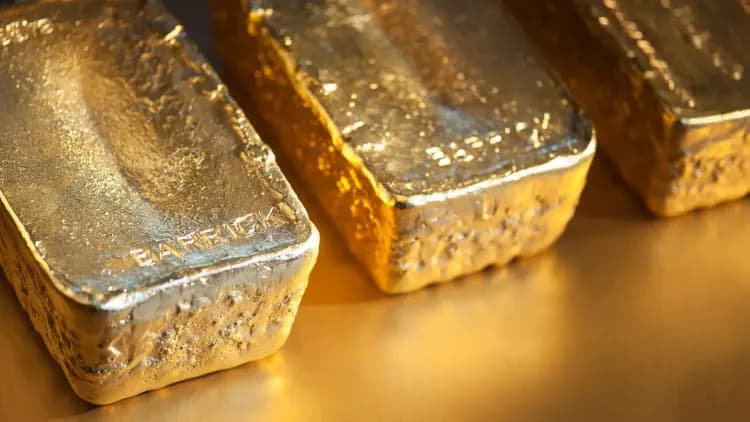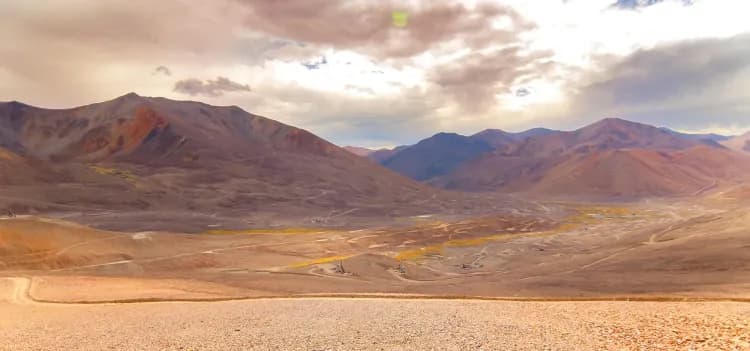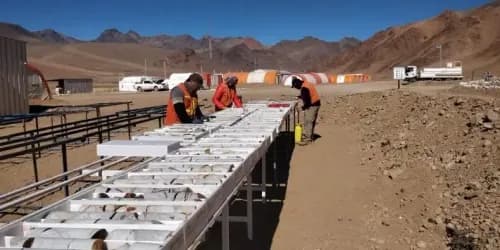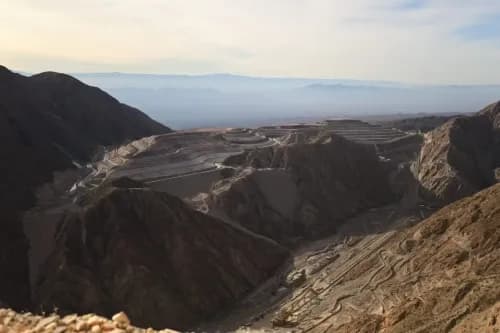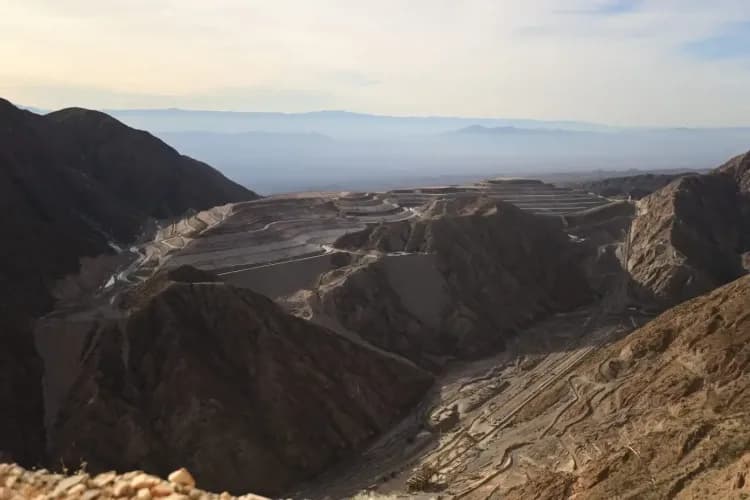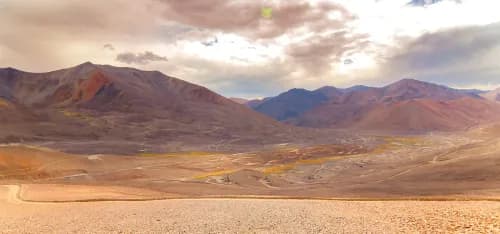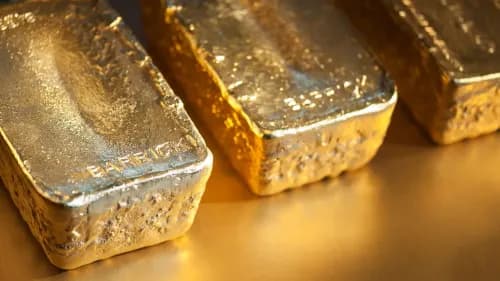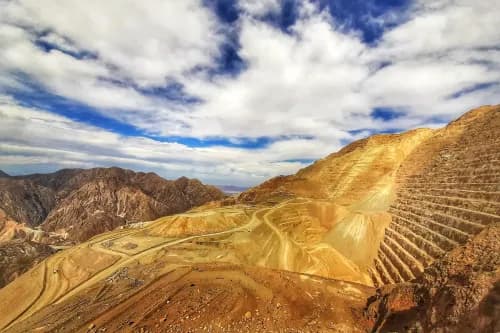The meeting, which began on August 2, will last for at least a week and has over a thousand registered participants. The copper project by Minera San Jorge S.A. arrives with the approval of the Provincial Environmental Council and the conclusion of the technical evaluation.
By Panorama Minero
Just days after the start of the Public Hearing for the PSJ Cobre Mendocino project—specifically on August 2—the mining sector in Mendoza is preparing for several sessions that promise to be marathon-like. With more than a thousand people registered to participate and a projected duration of at least one week, this crucial stage is preceded by the recent approval of the Provincial Environmental Council and the imminent release of the Final Unified Report from the Interdisciplinary Environmental Mining Evaluation Commission (CEIAM). This marks a significant milestone for the initiative led by Minera San Jorge and the joint venture formed by Zonda Metals and the Alberdi Group.
The PSJ project, located in the Uspallata district of the Las Heras department, is now entering this key stage in the environmental evaluation process of its Environmental Impact Report (EIR).
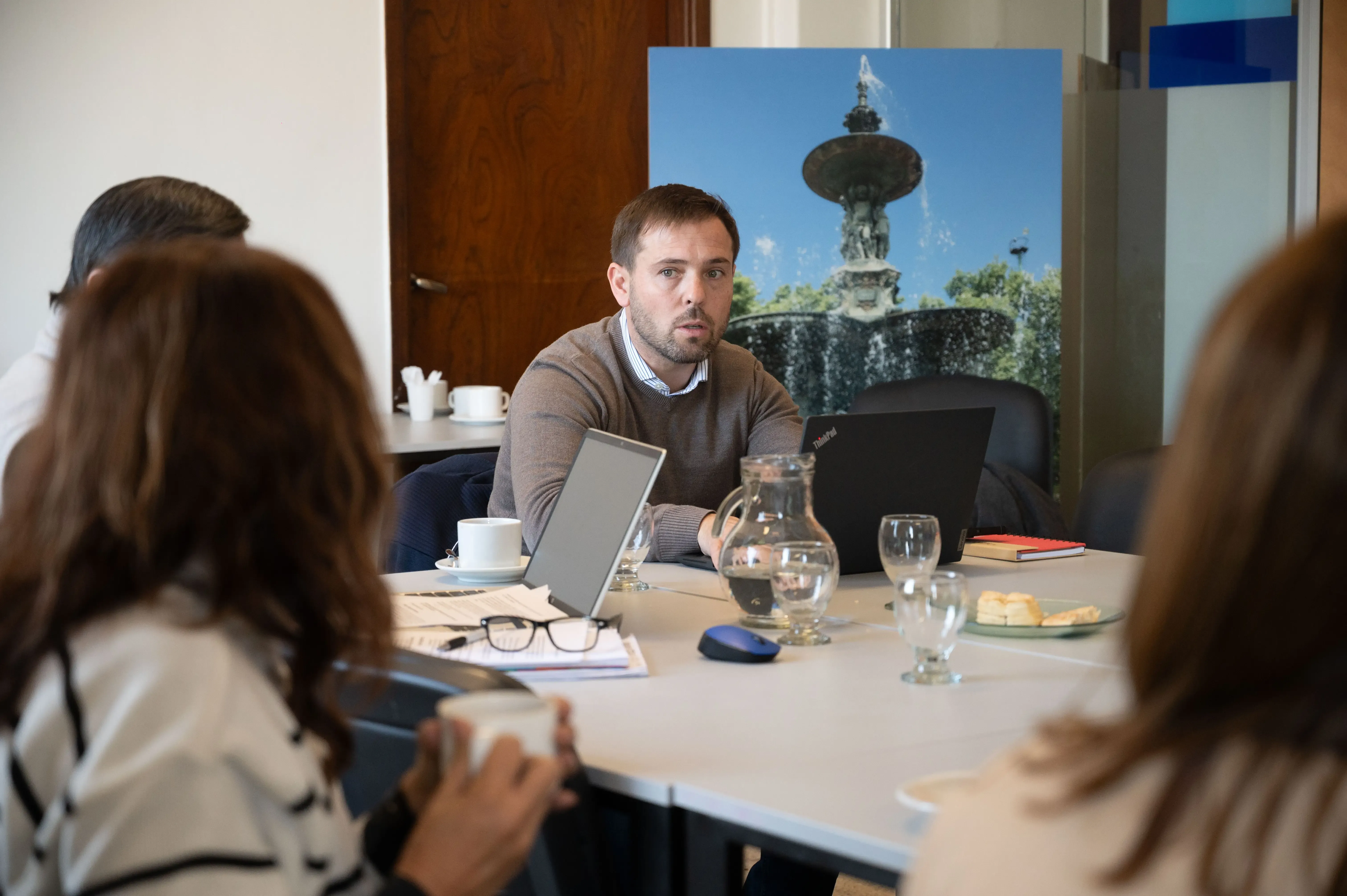
The Final Stretch: Technical Endorsements and a Key Report
In the past week, the evaluation process for PSJ has gained momentum, laying the groundwork for the public hearing. The Provincial Environmental Council (CPA) completed its assessment and submitted a report that, while including key recommendations, deems the project environmentally viable. This document was prepared and signed by a broad range of representatives from the government, the productive sector, scientific institutions, and social and environmental organizations.
The CPA report highlights the project's potential for job creation and its socioeconomic value, but emphasizes the need for strict adherence to its recommendations to ensure sustainability. These recommendations address critical areas such as water management (including further studies on the El Tigre stream), strengthening the environmental baseline, protection of biodiversity and cultural heritage (such as the Yalguaráz wetlands and the Qhapaq Ñan trail), integrated waste management, and the assessment of cumulative impacts.
At the same time, the Interdisciplinary Environmental Mining Evaluation Commission (CEIAM)—a technical body composed of 12 agencies and professionals from various disciplines—convened to review the CPA report. CEIAM is now in the final phase of drafting its own Final Unified Report (IFU), which will consolidate all technical and sectorial assessments to deliver a well-founded opinion on the project's environmental viability prior to its public presentation.
The Public Hearing: A Week of Unprecedented Debate and Participation
The Public Hearing for the PSJ project began on Saturday, August 2, 2025, at 10:00 AM and is expected to last at least one week due to the scale of anticipated participation. The Mining Environmental Authority has established a hybrid format to maximize accessibility and transparency.
With over 1,000 people registered to participate so far, the event’s logistics have been strengthened:
-
Hybrid Format: Participation is available both in person and virtually via Zoom.
-
Live Streaming: The sessions are being broadcast live on the official YouTube channel of the Ministry of Energy and Environment.
-
Free Transportation: The Government of Mendoza, in coordination with the Municipality of Las Heras and the Transport Secretariat, has arranged free transportation from Mendoza to the Alta Montaña area for registered speakers and in-person attendees. Additionally, the project proponent is required to cover transportation costs from the Uspallata terminal to the hearing venue for each day of the in-person sessions.
-
Remote Access Points: Two locations have been set up with screens and audio for live streaming:
-
Cedrys Sports Complex, Uspallata.
-
Malvinas Argentinas Cultural Center, San Miguel 1540, Las Heras.
-
Connectivity and Amenities: Free internet access (via Starlink satellite service), computer equipment to submit comments via email, electricity, heating, restrooms, ambulance service, and security are all provided. Conditions for accessibility, hygiene, and comfort are guaranteed throughout the event.
-
Registration: Remains open until 11:59 PM on July 30 via the official registration form.
All participants’ voices are respected, following a pre-established speaking order that can be consulted prior to the hearing on the official websites of the Mining Directorate and the Directorate of Environmental Management and Oversight.
All project documentation is available for review on the official websites of the Ministry of Energy and Environment, the Mining Directorate, and the Directorate of Environmental Management and Oversight. Inquiries may also be made via WhatsApp at +54 9 2613 62 0056, by email direcciondemineria@mendoza.gov.ar or in person at the offices of both directorates.
PSJ Cobre Mendocino: Key Figures and Production Process
The PSJ Cobre Mendocino project is emerging as a major initiative for the province. It is located in the Uspallata district, Las Heras department, at Estancia Yalguaraz, at an altitude ranging from 2,400 to 2,900 meters above sea level.
The total investment exceeds US$559 million, broken down as follows: US$462 million for construction, US$81 million for operations, and US$16 million for closure and post-closure.
The project anticipates an annual production of 40,000 tons of fine copper over a 16-year operational life, preceded by 2 years of construction and followed by 3 years of closure.
The deposit consists of copper and gold oxides and sulfides, with an average grade of 0.47% copper and 0.191 g/t of gold. The operation will be open-pit, with a final pit measuring 1,700 meters in length, 950 meters in width, and 330–350 meters in depth. Job creation is estimated at 3,900 (direct and indirect) during construction and 2,400 during the operational phase.
The processing plant will have a capacity of 10 million tons per year (Mt/y) and will convert ore into concentrate.
The production process includes open-pit mining, followed by crushing, grinding, flotation concentration, filtration, and drying. The final product will be a copper-gold concentrate with an average copper grade of 25%.
It is important to note that, due to Mendoza Province Law No. 7722—which prohibits sulfuric acid leaching—41 million tons of oxidized ore will not be processed using this method and will instead be disposed of as waste rock in designated dumps.
Water management will rely primarily on the El Tigre stream. During operations, average water consumption is projected at 141 liters per second (l/s), equivalent to 47% of the stream’s average annual flow, while construction will require 6 l/s (2%). The plant will implement water reuse from thickeners and filters to optimize overall consumption.

